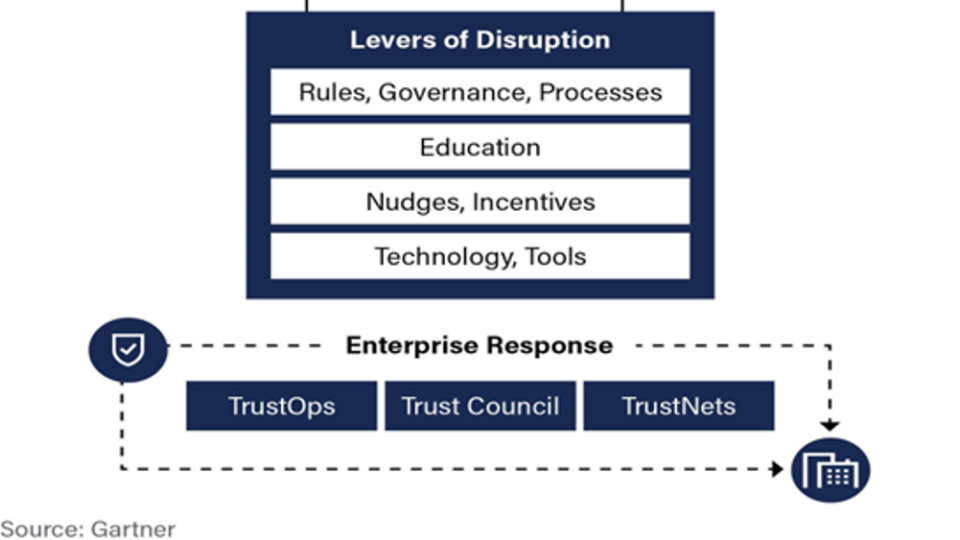You may already have dealt with SendGrid – most likely on the receiving end of corporate emails. The email push system is one of the big names in enterprise markets. Laurence Trifon is Director of Business Development at SendGrid. He spoke to IT Europa at this weeks' Enterprise Apps Summit in London: “What sets us apart is that we are the infrastructure layer – we are the plumbing,” he says. He reckons SendGrid now accounts for some 2% of all non-spam emails globally.
“We power email for web and mobile apps,” and this is something most application developers need, but it is it is time consuming to create, and needs managing all the way into the inbox, and needs to avoid spam labels. Most developers have better things to worry about. And then there is the issue of getting the application purchased by corporates, and this is where SendGrid has found Microsoft Azure and its store of great benefit.
“Using Microsoft Azure and the Azurestore marketplace of cloud service allows us to reach the market. Typical challenges for developers are to deliver more product faster and cheaper, with shorter improvement cycles, while users see it as something to be provisioned in minutes. Getting approved as a vendor may take time so we work with Azurestore, appearing as an item on bill.”
“Corporate developers just use it, and have no worries about paying for it. Access is through API, using data held at the customer. So we are just the messaging service; typically they just pass us the email content, and we don't keep the emails.”
Rob Croft, Microsoft's Senior Director of Enterprise Development says that email is a commodity but also a black art, which may need many people looking after it. "Turning it into an Azure service means that local companies can use it easily and billing is established. We do all the work on validation.”
This becomes critical when looking at local variations in billing requirements: invoice standards vary greatly across Europe, for example. “Global customers regard local billing and invoicing as non trivial – sometimes it is hard to get a bill that is acceptable, and that is vital for us,” says Laurence Trifon.
With these controls for administration as a serivce and billing, the key targets are the SMB sector moving into medium sized business, and obviously any company with a Microsoft Enterprise deal which allows Microsoft billing. On the horizon is the Internet of things (IOT) things where communications through the internet from devices could trigger email alerts etc. Microsoft obviously sees this as a source of big data and a driver of big data analytics.



